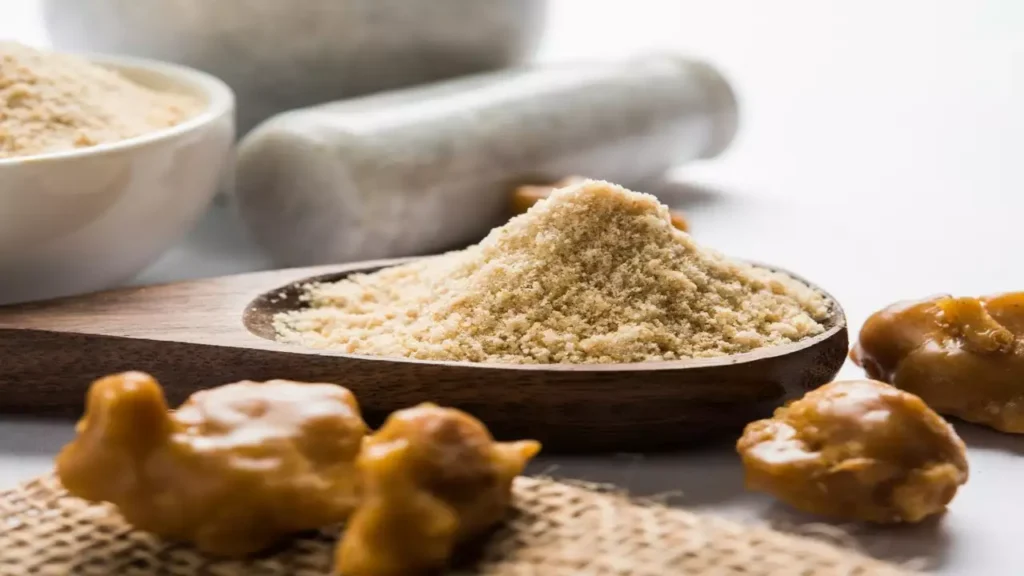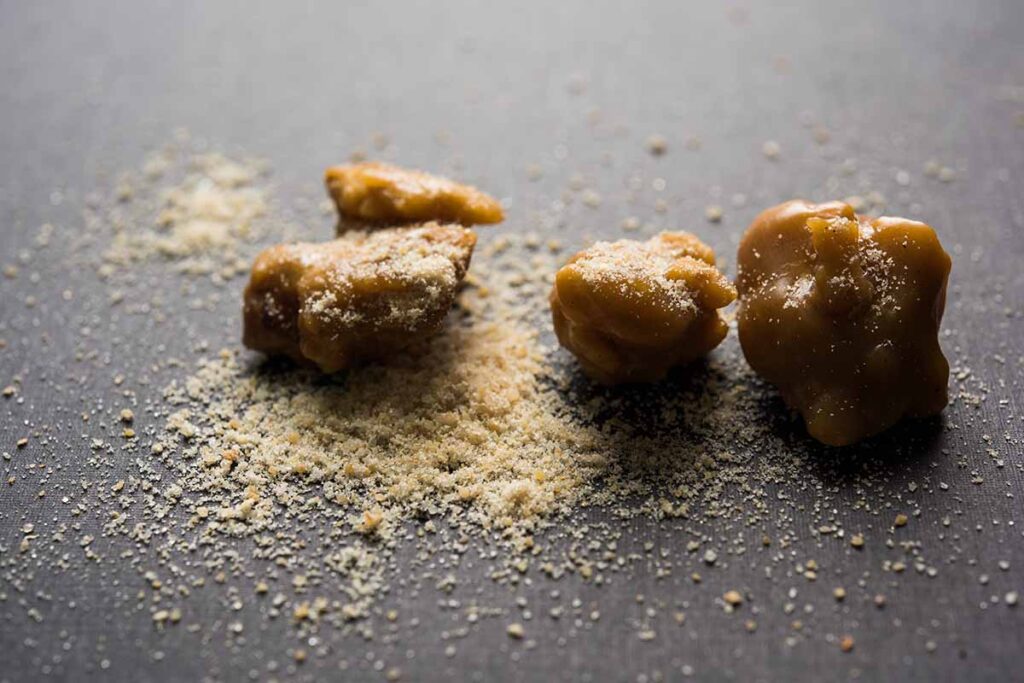Delve into the fascinating world of Hing (asafoetida) manufacturing in India, a tradition steeped in centuries of heritage and modern innovation. Discover how leading manufacturers blend ancient techniques with cutting-edge technology to produce high-quality, pure Hing. Learn about the rigorous processes ensuring authenticity and flavor, and how Hing plays a vital role in both culinary and medicinal applications.
What are the main regions in India known for hing production?
Hing is primarily produced in the cold desert regions of **Himachal Pradesh** and **Jammu & Kashmir**.
These regions provide the ideal climate for hing cultivation, with their cold and arid conditions.
The Himachal Pradesh region, particularly the districts of Lahaul and Spiti, is renowned for its high-quality hing production. The unique climate and soil conditions in this region contribute to the distinctive flavor and aroma of the hing produced here.
In Jammu & Kashmir, regions like Kishtwar have also gained recognition for their hing cultivation. The traditional farming practices and the use of organic methods ensure that the hing from this region is of superior quality.
Efforts are underway to expand hing cultivation to other suitable areas in India. The Indian government, through its National Medicinal Plants Board, has been encouraging farmers to cultivate hing in states like Uttarakhand and Arunachal Pradesh, which have similar climatic conditions suitable for hing cultivation.
How is hing traditionally cultivated and processed in India?
Hing is traditionally cultivated by planting seeds treated with cow urine and ash.
It takes about five years for the plant to mature and produce resin.
The resin is extracted from the roots and rhizomes, dried, and processed into granules or powder.
Traditional methods ensure the preservation of the spice’s natural properties.
The cultivation of hing begins with the sowing of seeds in well-prepared soil. Farmers often prepare the seeds by soaking them in cow urine and ash, which acts as a natural pesticide and germination enhancer. This ancient practice is rooted in traditional farming knowledge that has been passed down through generations.
Once the seeds are planted, the hing plants require minimal intervention. They thrive in cold desert conditions with minimal rainfall. The plants take approximately five years to mature, during which time they develop a thick, resinous root system.
The extraction of hing resin is a labor-intensive process. Farmers carefully dig up the roots and rhizomes of the mature plants. The resin, which is a sticky, pungent substance, is then extracted by making small cuts in the roots. This resin is collected and dried in the sun, turning into a solid, brittle substance that can be ground into granules or powder.
The traditional processing methods ensure that the hing retains its natural properties and potency. Unlike modern processing techniques that may involve chemical additives, traditional methods preserve the pure, unadulterated essence of hing.
What are the key differences between various types of hing available in the market?
There are mainly two types of hing available:
- Hing Kabuli Safaid (White Hing): This type is water-soluble and has a milder flavor.
- Hing Lal (Red Hing): This type is oil-soluble and has a stronger flavor.
Each type is used differently in cooking based on its solubility and flavor profile.
White Hing, also known as Hing Kabuli Safaid, is often preferred for its mild aroma and subtle flavor. It dissolves easily in water, making it ideal for adding to soups, sauces, and stews. This type of hing is commonly used in North Indian cuisine, where it imparts a gentle, savory flavor to dishes.
Red Hing, or Hing Lal, on the other hand, is known for its intense aroma and robust flavor. It is oil-soluble, which means it needs to be dissolved in hot oil or ghee before being added to dishes. This type of hing is frequently used in South Indian and Maharashtrian cuisine, where its strong flavor enhances the taste of curries, dals, and pickles.
Additionally, there are other variations of hing based on regional preferences and processing techniques. Some manufacturers produce compounded hing, which is a mixture of hing resin and other ingredients like wheat flour or rice flour. Compounded hing is more affordable and easier to use, as it is already mixed with a diluting agent.
The choice of hing type depends on personal preference and the specific culinary application. Understanding these differences allows consumers to select the right type of hing to achieve the desired flavor and aroma in their cooking.
How can consumers identify high-quality hing products?
High-quality hing products have a strong, pungent smell and a uniform color.
They should be free from impurities and have a smooth texture.
Look for reputable brands and check for certifications or quality seals.
Identifying high-quality hing can be challenging, but there are a few key indicators that consumers can look for:
- Aroma: High-quality hing has a strong, pungent smell that is immediately noticeable. The aroma should be sharp and intense, indicating the presence of pure hing resin.
- Color: The color of hing can vary depending on the type, but it should be uniform and free from discoloration. White hing should have a pale, yellowish hue, while red hing should be a deep reddish-brown.
- Texture: Good quality hing has a smooth texture without any lumps or impurities. It should be easy to break into granules or powder when ground.
- Brand Reputation: Purchasing hing from reputable brands can ensure quality and authenticity. Reputable brands often follow stringent quality control measures to maintain the purity of their products.
- Certifications: Look for certifications or quality seals on the packaging, such as ISO, FSSAI, or organic certifications. These certifications indicate that the product has met certain quality standards and is free from contaminants.
By paying attention to these factors, consumers can confidently select high-quality hing products that will enhance the flavor and aroma of their dishes.
What are the health benefits and culinary uses of hing?
Hing offers several health benefits:
- Improves digestion
- Reduces flatulence
- Acts as an anti-inflammatory agent
It is widely used in Indian cuisine to add flavor to curries, soups, and pickles.
It is also used in traditional medicine for its therapeutic properties.
Hing, or asafoetida, is not only a culinary delight but also a powerful medicinal herb. Its numerous health benefits have been recognized in traditional Indian medicine for centuries.
One of the primary health benefits of hing is its ability to improve digestion. It stimulates the production of digestive enzymes, which helps in the breakdown of food and enhances nutrient absorption. Hing is often used as a natural remedy for indigestion, bloating, and constipation.
Hing is also known for its carminative properties, which means it helps reduce gas and flatulence. It can be particularly beneficial for individuals who suffer from chronic digestive issues. By adding a pinch of hing to meals, one can prevent the buildup of gas and enjoy a comfortable digestive experience.
Moreover, hing possesses anti-inflammatory properties. It contains compounds that can help reduce inflammation in the body, making it useful in managing conditions like arthritis and asthma. Hing is often included in traditional remedies for relieving joint pain and respiratory discomfort.
In the culinary world, hing is a versatile spice that adds a unique flavor and aroma to a wide range of dishes. It is an essential ingredient in Indian cuisine, where it is used to enhance the taste of curries, dals, soups, and pickles. Hing’s strong and distinctive flavor can transform simple dishes into flavorful delights.
In addition to its culinary uses, hing is also used in traditional medicine.
Conclusion
Hing is a versatile spice with a rich history in Indian culture. Its cultivation and processing are deeply rooted in traditional practices, and it continues to be an essential ingredient in Indian cuisine. By understanding the different types, quality indicators, and health benefits of hing, consumers can make informed choices and enjoy its unique flavor and benefits.

